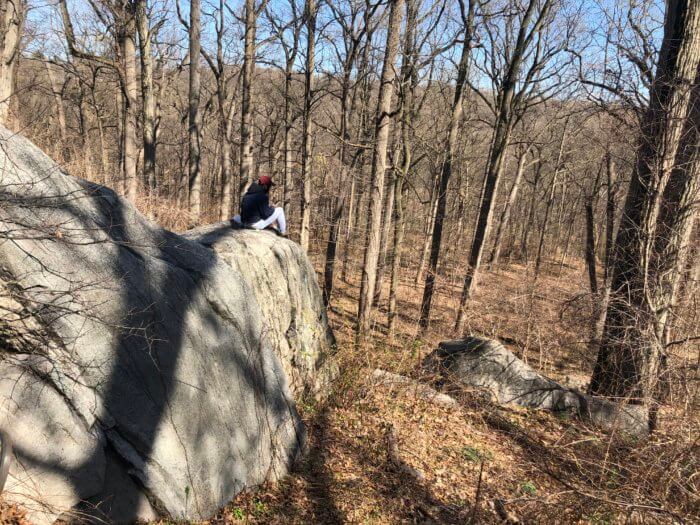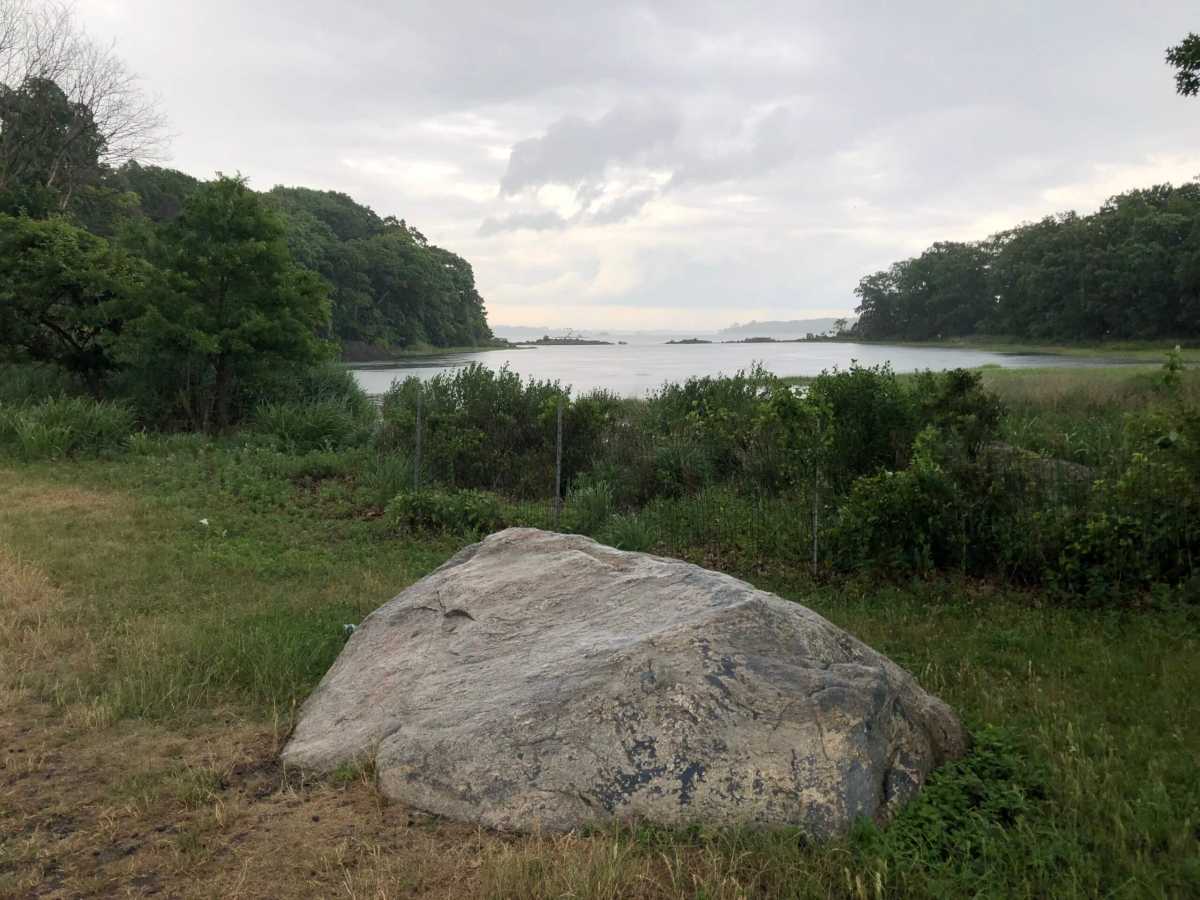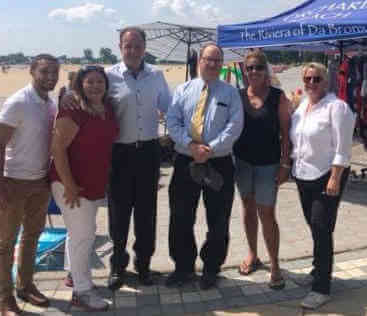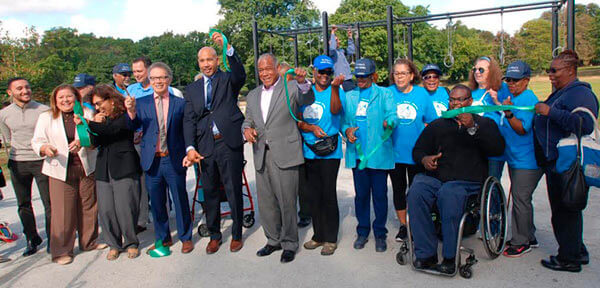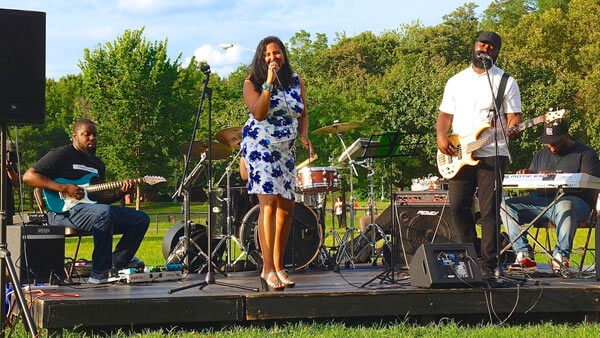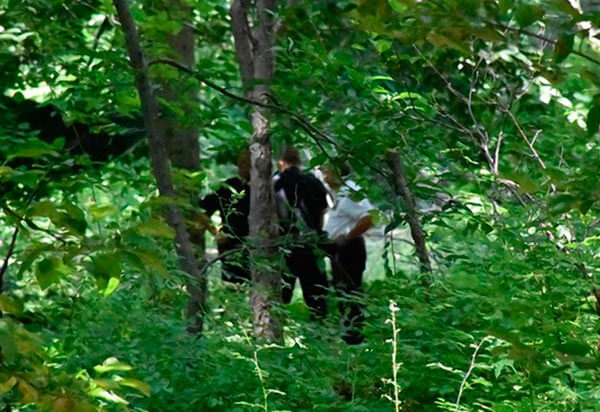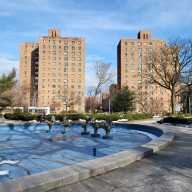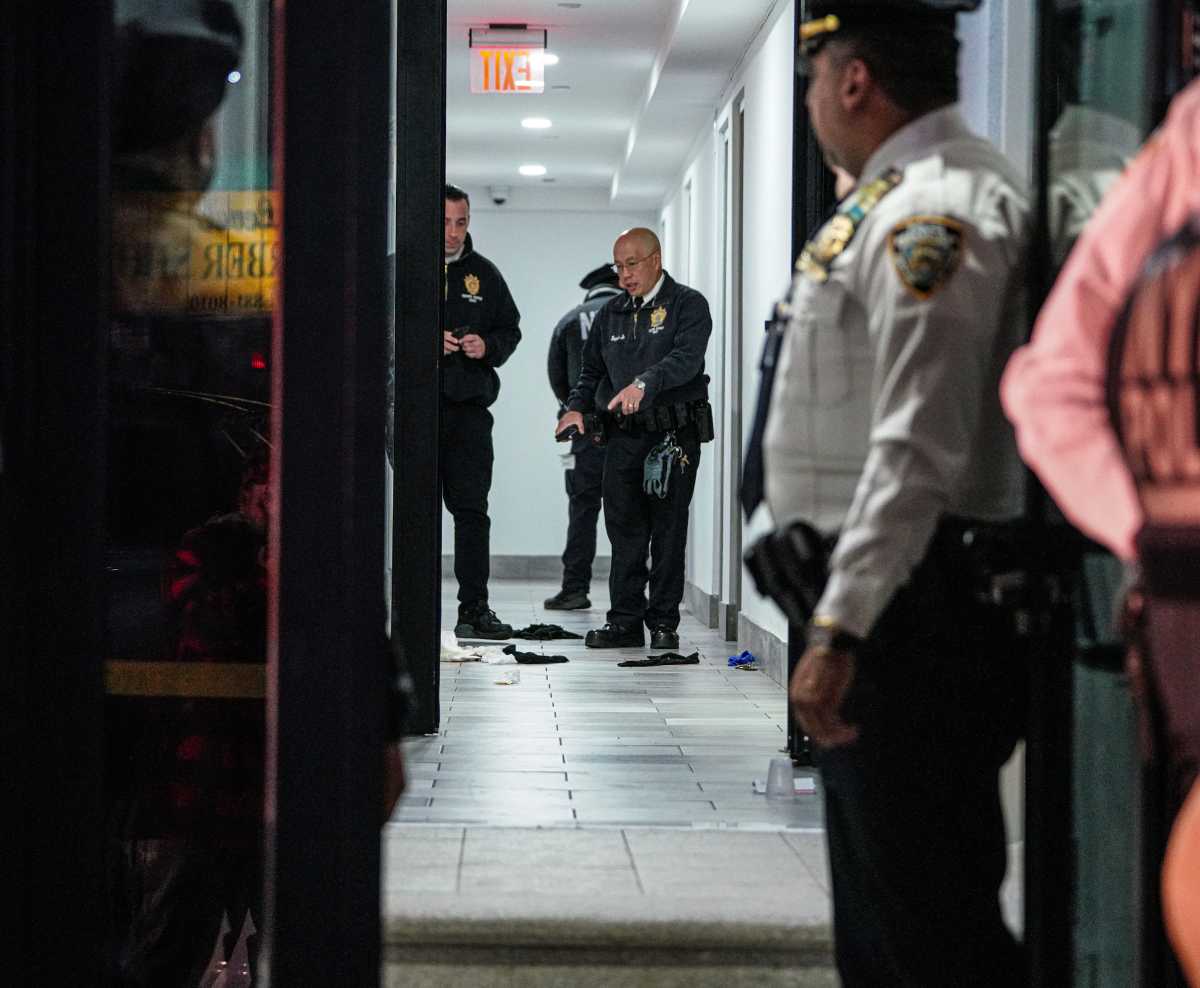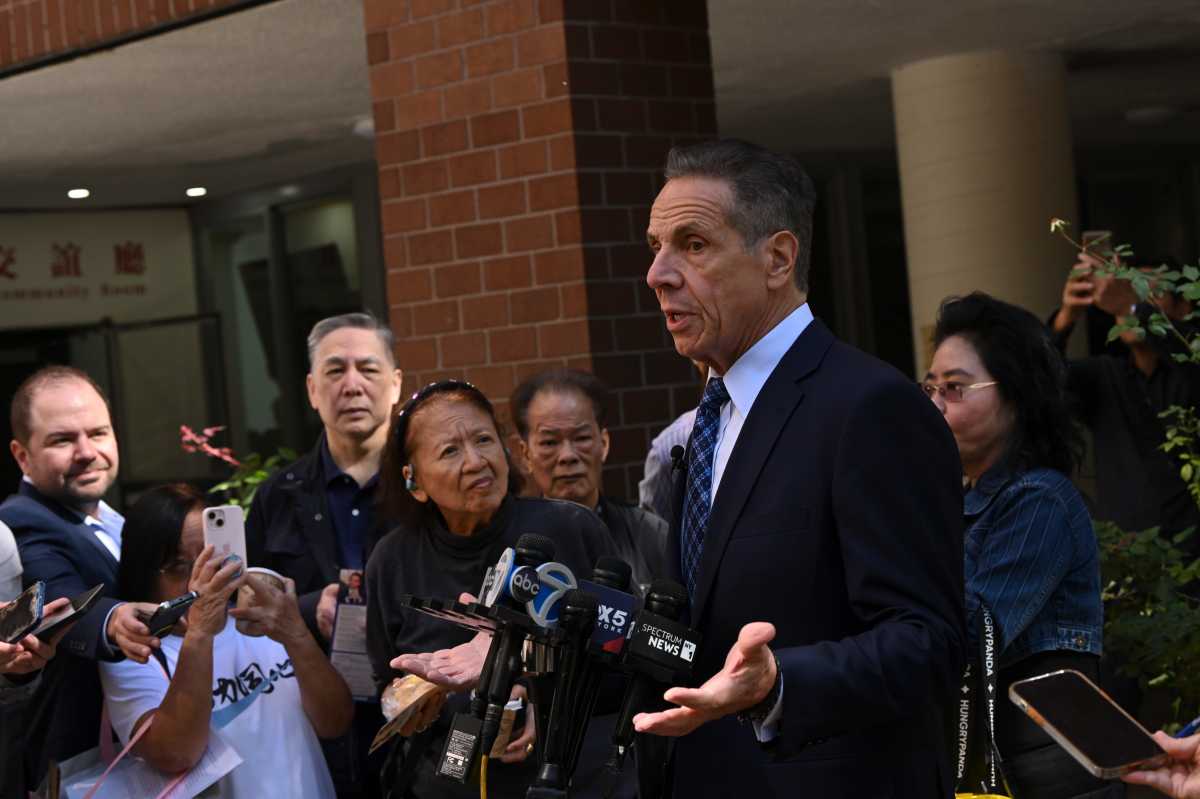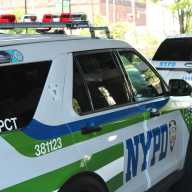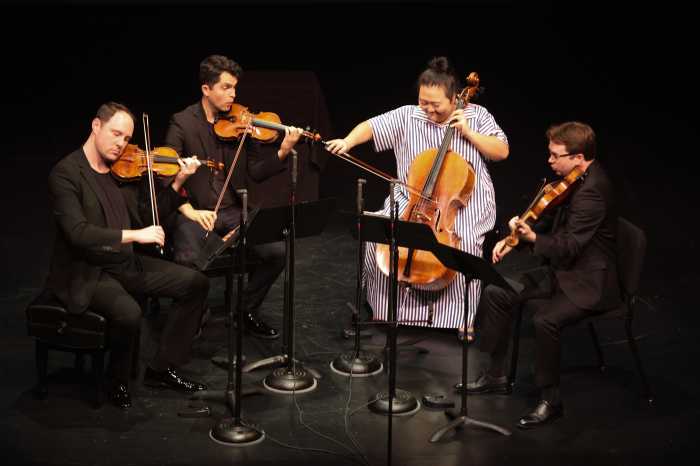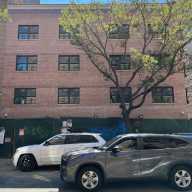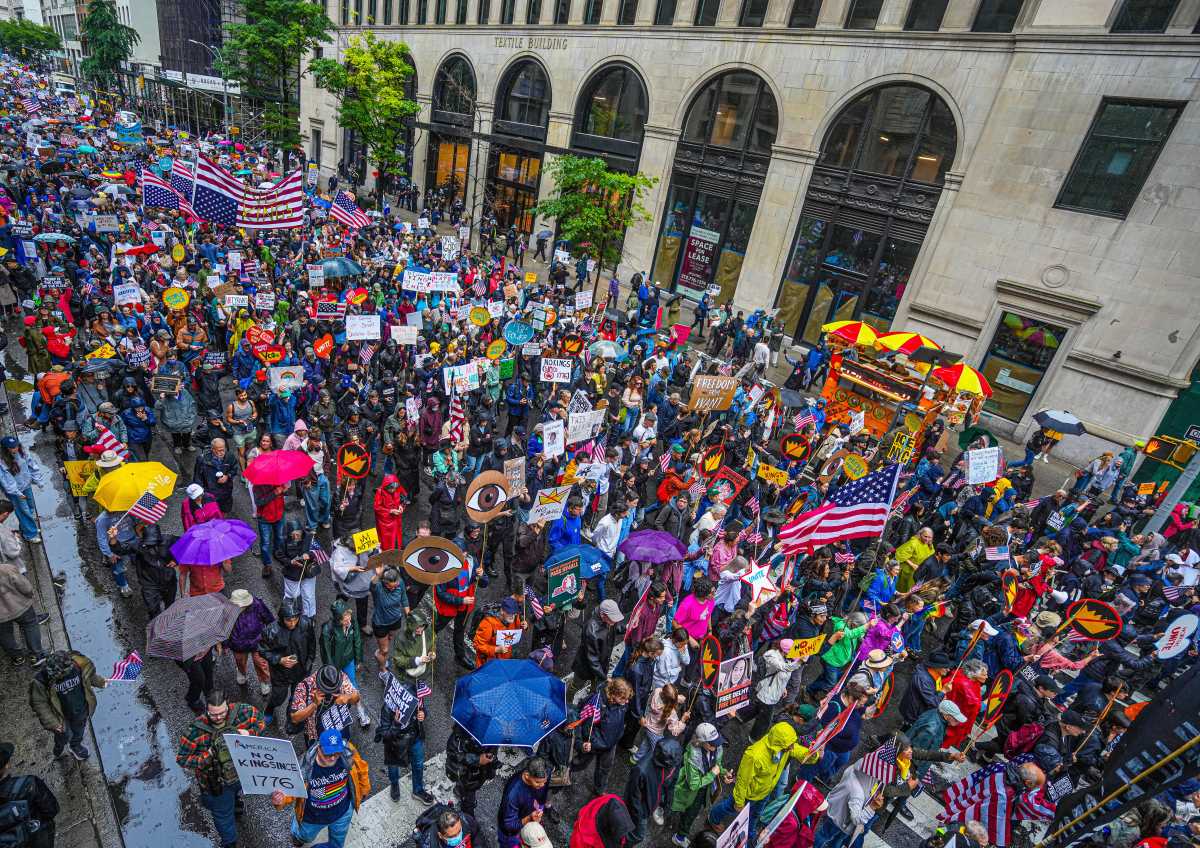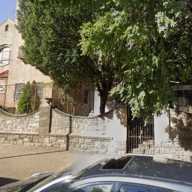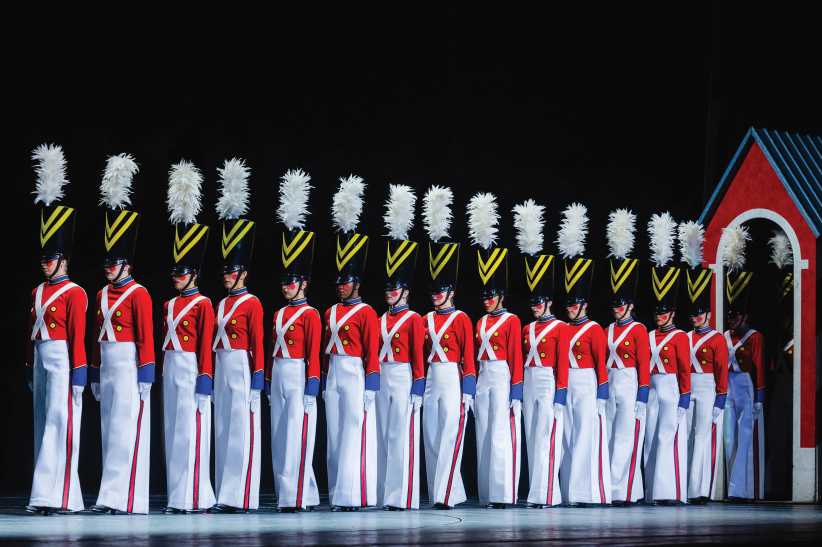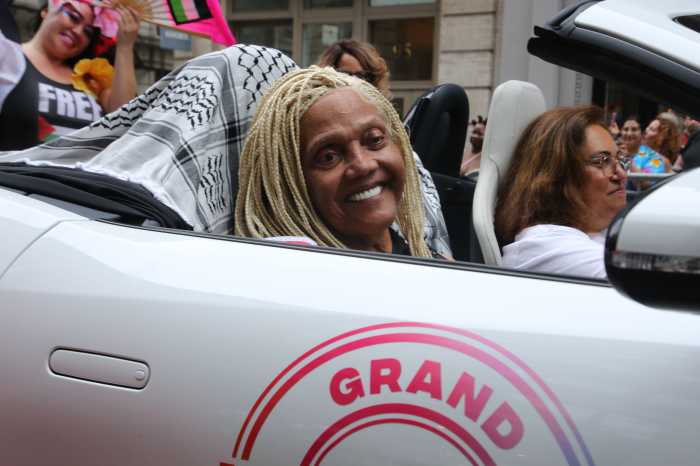While visitation at natural areas, forests and grasslands has surged during the pandemic, only 12 percent reported having enough funding for 2021.
On July 28, the Natural Areas Conservancy (NAC) released the results of a new survey outlining the challenges faced by natural areas and their managers due to the ongoing COVID-19 pandemic.
Created in 2012, the NAC is a nonprofit organization devoted to restoring and conserving New York City’s forests and wetlands. It works in partnership with NYC Parks, representing an area 25 times the size of Central Park. NYC is comprised of 40 percent green land, 10,642 acres of forest in and 14 parks with natural areas.
“The COVID-19 pandemic illustrates just how critical our natural areas are for not only providing urban residents with cleaner air and lower temperatures, but also providing enough space for recreational activities that allow for social distancing,” said Sarah Charlop-Powers, executive director of the Natural Areas Conservancy. “Moving forward, local governments must recognize the importance of protecting and preserving our natural areas for public use and ensure that they have the funding and resources they need to thrive.”
The survey, which examined municipal and nonprofit partners in 12 cities across the United States, found that while the use of natural areas for recreation has dramatically increased during the pandemic, organizations have seen their budgets slashed and their ability to care for these areas significantly diminished. Organizations managing natural areas in Austin, Baltimore, Billings, Chicago, Houston, Indianapolis, Miami, New York City, Seattle, St. Louis, Tampa, Minneapolis and St. Paul participated in the survey.
This study is especially pertinent to the Bronx, as it has Pelham Bay Park and Van Cortlandt Park, the first and third largest parks in the city. Pelham Bay Park has 800 acres of forest and more than 200 acres of flatland.
“There’s a lot of natural area in the Bronx,” Charlop-Powers said. “People don’t need to travel far outside the city.”
Charlop-Powers told the Bronx Times with restaurants shuttered inside and movie theaters and malls closed, parks are being frequented more than usual. With the recent budget cuts, she questioned how these natural areas can be maintained.
“Our parks are our backyards for a lot of people this summer,” she explained. “This is the number one place people where they’re spending time outdoors right now.”
The study found that there has been an observed increase, relative to previous years, in public use of urban natural areas since March. Residents are seeking out natural areas for local access to nature and as a less crowded type of urban parkland during stay at home orders.
Key Findings:
- 83 percent of organizations reported an increase in visitation during the COVID-19 pandemic, but only 17 percent were confident in their organization having adequate funding in 2021.
- 72 percent of organizations reported immediate negative impacts on their budgets and the same share also experienced decreased capacity to manage and care for natural areas, such as being forced to do less planting and being unable to hire seasonal staff.
- 94 percent of those organizations surveyed also saw a decrease in volunteer events, which are incredibly important when it comes to maintaining natural areas.
- Eighty four percent of all urban parkland in the United States is comprised of natural areas.
